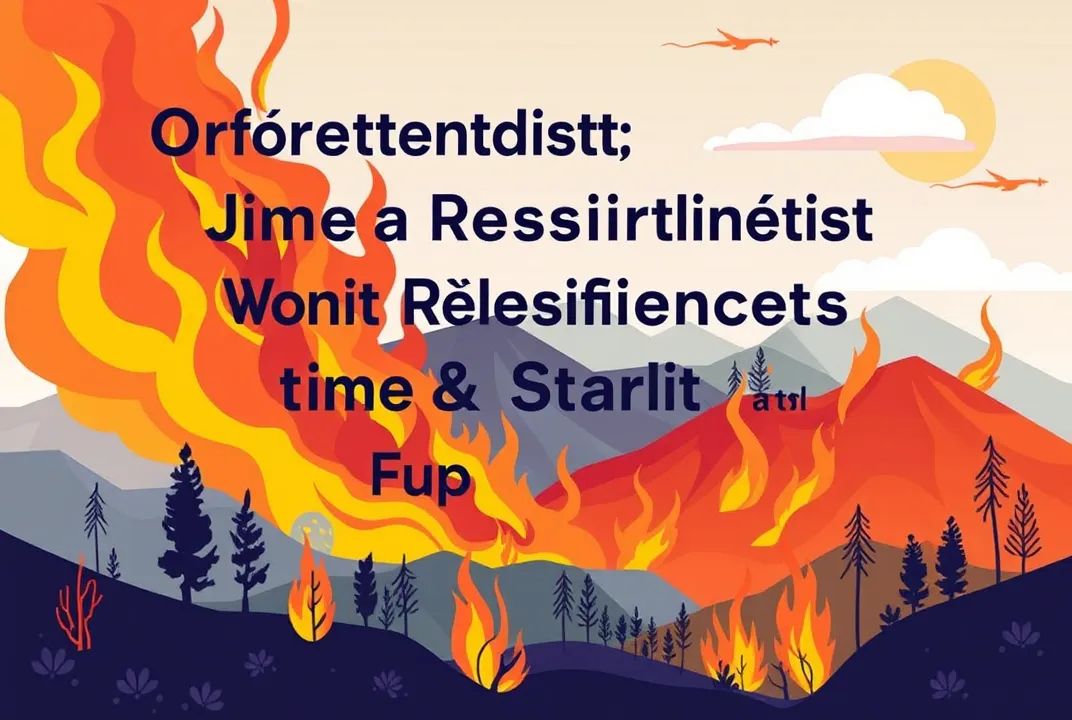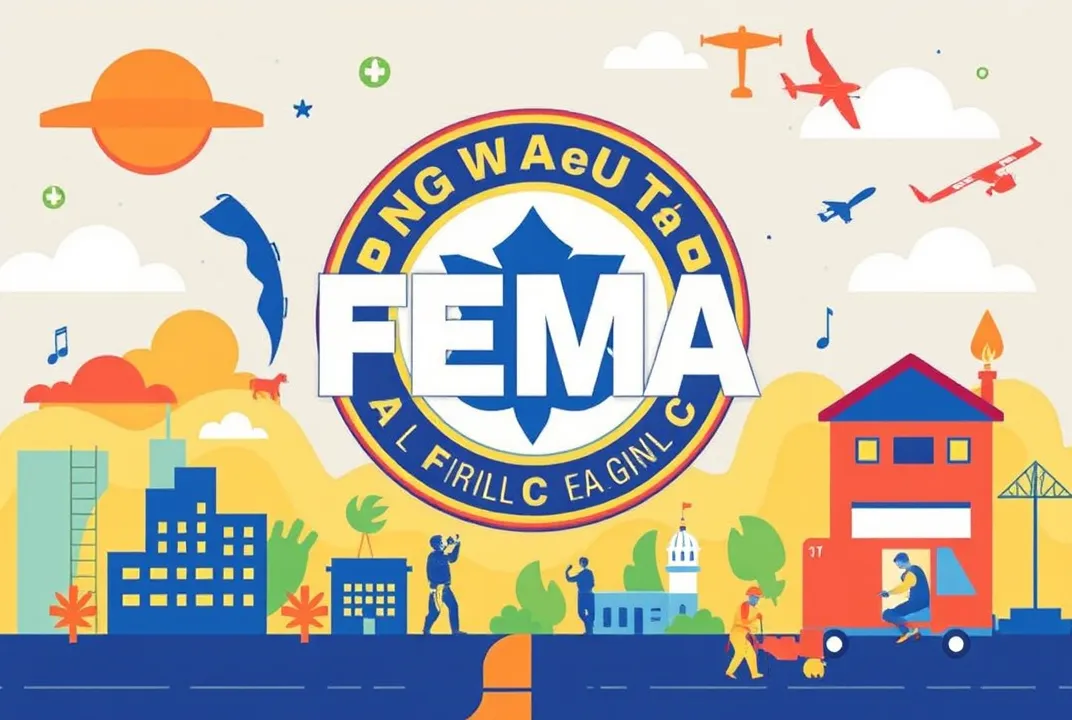The Fiery Landscape of Greater Los Angeles
In the summer of 2023, Southern California experienced yet another devastating wildfire season, leaving communities reeling and landscapes scarred. As flames engulfed the hills of Greater Los Angeles, residents watched helplessly, their homes and livelihoods threatened by the relentless advance of nature's fury. The images broadcasted across screens were haunting: towering infernos illuminating the night sky, ash raining down like dark snow, and families evacuating in a hurry, clutching only what they could carry.
The Reality of Wildfires
Wildfires are not a new phenomenon in California, but their frequency and intensity have escalated dramatically over the past few decades. A combination of climate change, prolonged droughts, and mismanaged forest ecosystems has created a perfect storm for wildfires to thrive. According to Cal Fire, over 3 million acres were scorched in 2022 alone, a stark reminder of the growing threat faced by both the environment and human settlements. Southern California, particularly the Greater Los Angeles area, is particularly vulnerable due to its mix of urban sprawl and wildland interface.
The Summer of 2023: A Season of Flames
The summer of 2023 saw several significant wildfires, including the devastating Blue Ridge Fire that erupted in late July. In mere days, it consumed thousands of acres, forcing the evacuation of hundreds of residents in the San Fernando Valley. As firefighters battled the blaze, communities came together, sharing resources and emotional support. Local shelters sprang into action, providing food, clothing, and comfort to those displaced.
Nature’s Fury and Human Resilience
The catastrophic impact of the Blue Ridge Fire was not just measured in physical destruction but in emotional turmoil. Many families lost everything, grappling with the stress of displacement and the uncertainty of rebuilding their lives. However, amidst the chaos, stories of resilience emerged. Neighbors helped each other evacuate belongings, while local businesses offered free meals to first responders and evacuees.
One particularly poignant story was that of the Ramirez family, who returned to their charred property only to find their home reduced to ashes. Yet, they discovered that a neighboring family had salvaged their family heirlooms, setting them aside for safe keeping. This act of kindness highlighted the community's spirit, showcasing that even in the face of devastation, hope and humanity can shine through.
The Importance of Preparedness
Wildfires serve as a stark reminder of the need for preparedness. The Greater Los Angeles area has taken steps to improve its wildfire readiness, such as creating evacuation routes and implementing community education programs. The Los Angeles Fire Department has increased its outreach, encouraging residents to create defensible spaces around their homes and to have emergency kits ready for quick evacuations.
The Role of Technology
Advancements in technology have also played a crucial role in combating wildfires. Drones equipped with thermal imaging cameras allow firefighters to map out the fires’ hotspots, while satellite imagery can identify the extent of damage and monitor recovery.
In 2023, California introduced a new fire prediction tool, leveraging machine learning algorithms to forecast wildfire behavior based on weather conditions and terrain. This tool aims to provide firefighters with real-time data, helping them make informed decisions about where to deploy resources most effectively.
Environmental Impact and Recovery
As the flames eventually subsided, the environmental repercussions emerged. The ash and debris left behind can contaminate water supplies and contribute to air pollution. The ecological balance is disturbed, affecting wildlife habitats and vegetation. However, nature has a remarkable ability to recover.
In the months following the Blue Ridge Fire, local environmental groups worked tirelessly to restore the land. Native plants were replanted, and erosion control measures were put in place to prevent further damage. It was heartening to see volunteers—some who had lost their homes—working together to heal the land they loved.
Looking Ahead: A Changing Climate
As we look to the future, the threat of wildfires remains ever-present, exacerbated by climate change. Rising temperatures and changing precipitation patterns will likely continue to fuel the intensity of wildfires in California.
It is crucial for policymakers to focus on sustainable land management practices and invest in firefighting resources. Community engagement is also essential; residents must be aware of the risks and proactive in their preparations.
Conclusion: A Community United
The stories of the Greater Los Angeles wildfires serve as a reminder of our vulnerability in the face of nature's power. Yet, they also highlight the resilience of a community willing to stand together in adversity. The spirit of unity during the toughest times demonstrates that while wildfires can devastate landscapes and lives, they cannot extinguish the human spirit.
As we move forward, let us carry these lessons in our hearts. Preparedness, community support, and respect for nature are essential in navigating the challenges that lie ahead. In a region where wildfires are a reality, the greater Los Angeles community exemplifies that through shared strength and resilience, hope can rise from the ashes.


 Honoring Resilience: Stories Behind the Victims of the New Orleans Attack
Honoring Resilience: Stories Behind the Victims of the New Orleans Attack
 From Glamour to Ashes: The Unforeseen Tales of Celebrity Homes Lost in Fires
From Glamour to Ashes: The Unforeseen Tales of Celebrity Homes Lost in Fires
 Unraveling the Impact of the Castaic Fire: What You Need to Know
Unraveling the Impact of the Castaic Fire: What You Need to Know
 Sepulveda Fire: What You Need to Know and How to Stay Safe
Sepulveda Fire: What You Need to Know and How to Stay Safe
 Decoding FEMA: How Emergency Preparedness is Revolutionizing Community Resilience
Decoding FEMA: How Emergency Preparedness is Revolutionizing Community Resilience